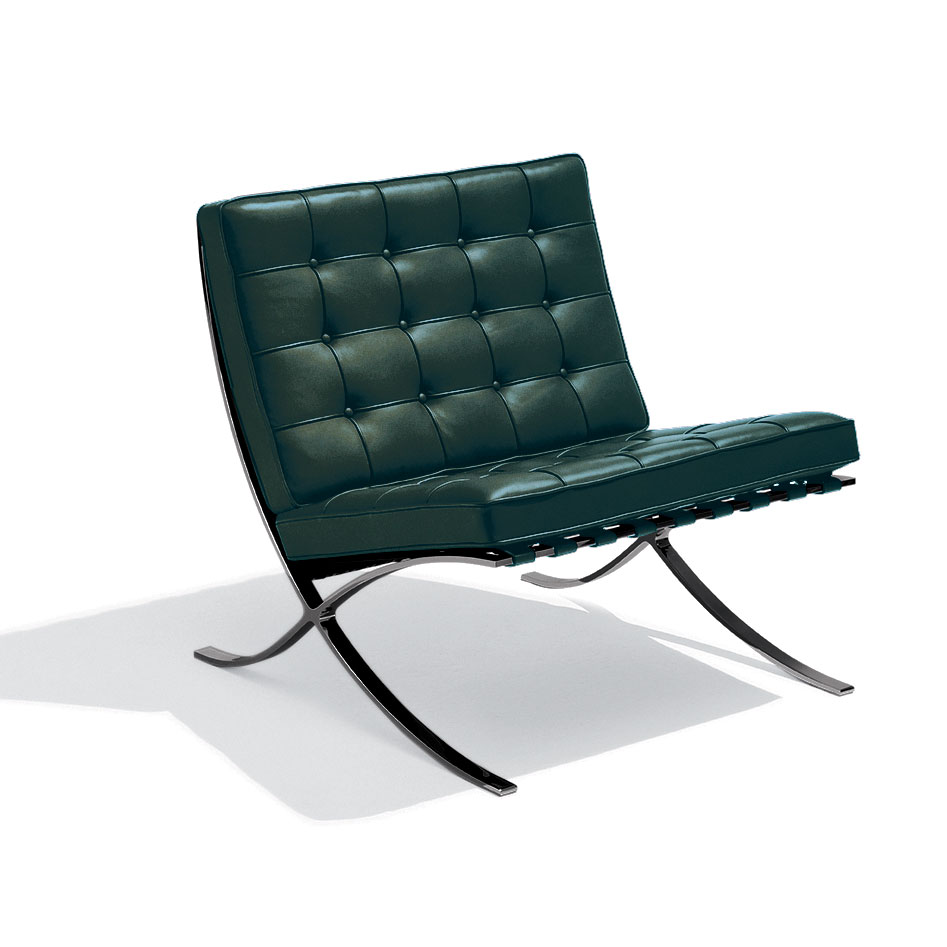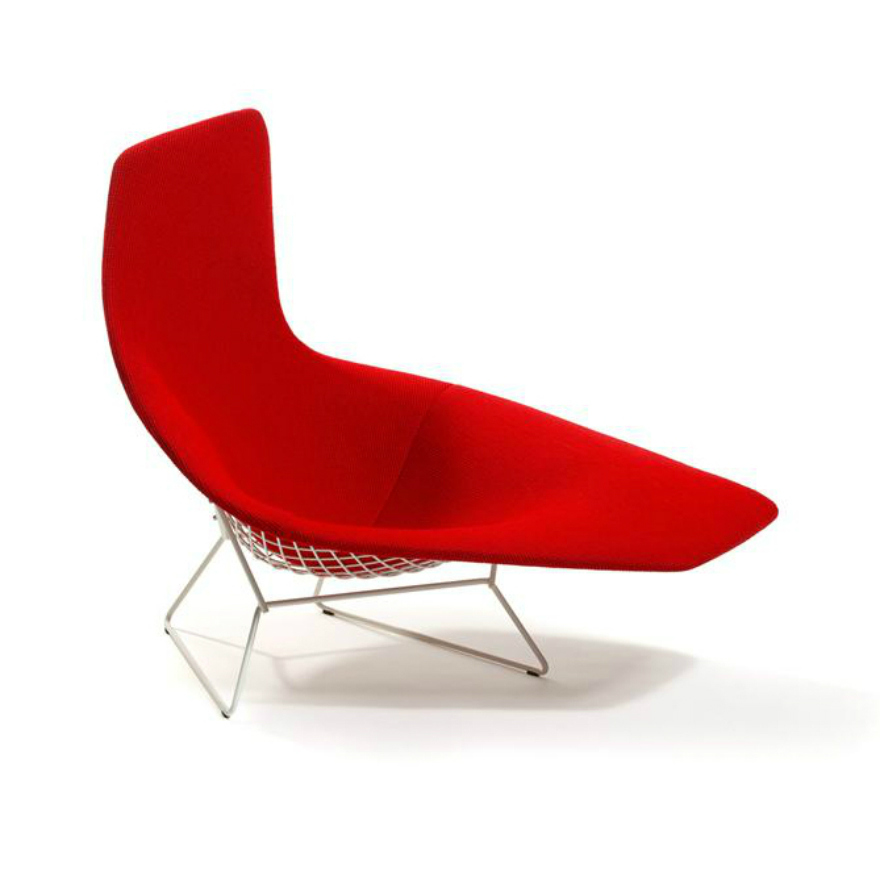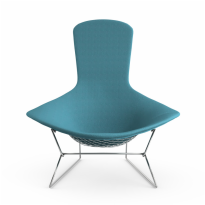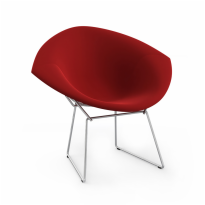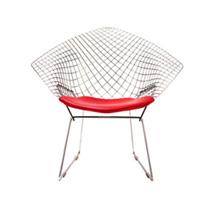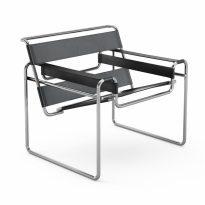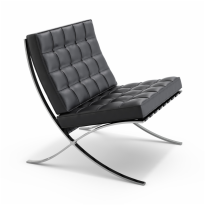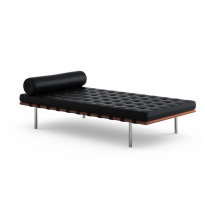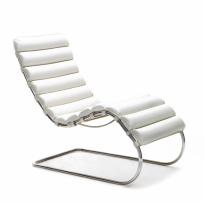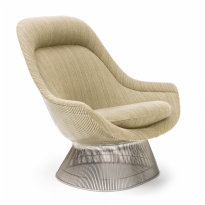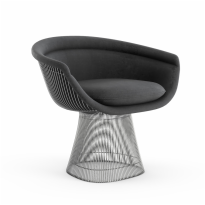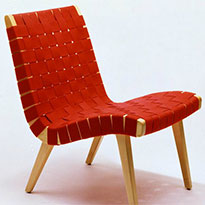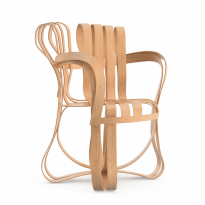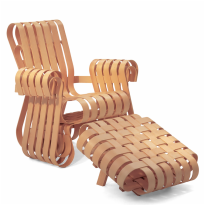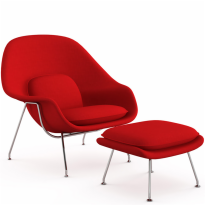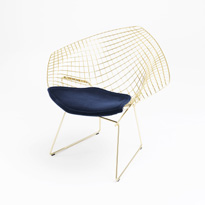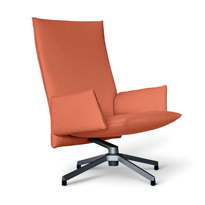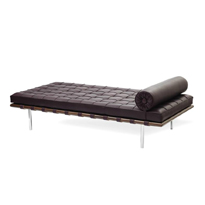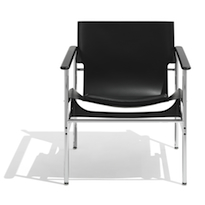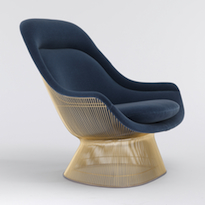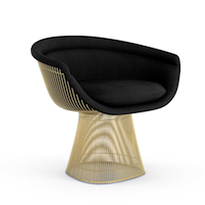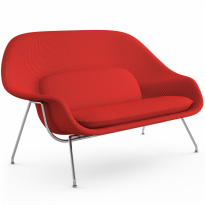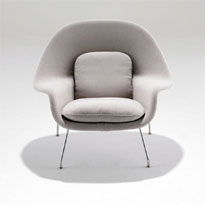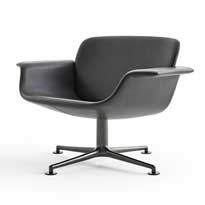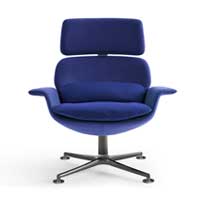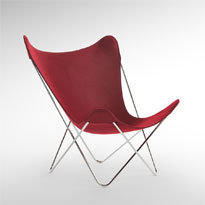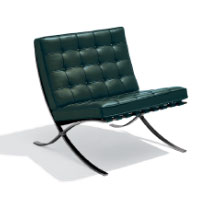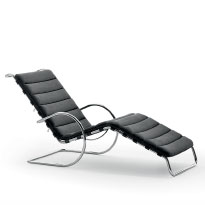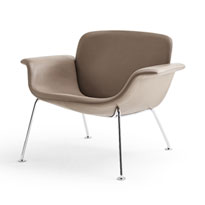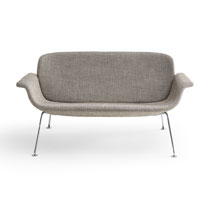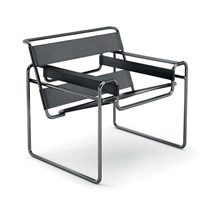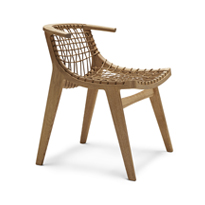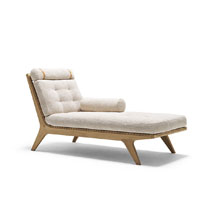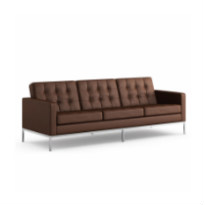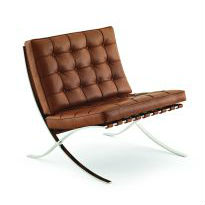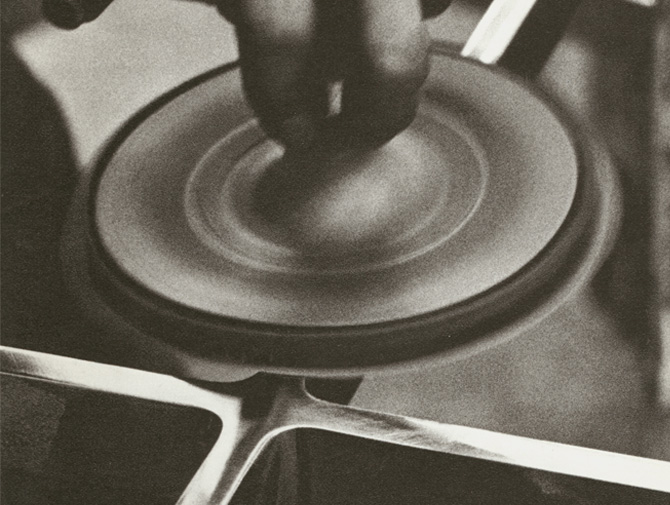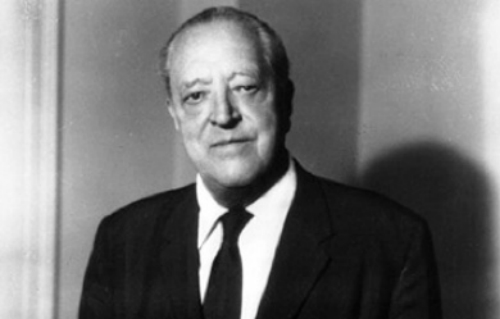Details
FEATURES
One of the most recognised objects of the last century, and an icon of the modern movement, the Barcelona Chair is a tribute to the marriage of design and craftsmanship.
CONSTRUCTION
Structure: in black chrome flat spring steel, handground and polished to a mirror finish. Cushion support straps in thick cowhide, attached with aluminium rivets.
Straps: in the same shade as the Bauhaus leather, the straps have sides and edges dyed to match.
Upholstery: 40 individual panels for the chair and 16 for the stool are all hand-cut, stitched and tufted with buttons, and are produced from a single cowhide. The cushions are in fire-retardant variable density foam covered in polyester fibre for greater comfort and upholstered exclusively in premium quality leather.
Note: Only 365 examples of the Barcelona Limited Edition armchair have been produced, all with a serial number and special stamp on the structure to mark the 100th anniversary of Bauhaus. The Armchair is provided with a certificate of authenticity.
FINISHES
The collection is available with Bauhaus Leather in three different colours: Black, Ivory and Green.
AWARDS
Museum of Modern Art Award, 1977
